UBPML Referenz
UBPML Notation
Download UBPML Notation Overview in PDF format
Notation
|
Semantics
|
Conformity
|
|---|---|---|

|
A class
|
UML standard |

|
An instance of a class
|
UML standard |

|
A class in a certain state
|
UBPML |

|
A class in a certain state. The state itself is also declared here, and that by specifying a condition, which true and only true if that state is given.
|
UBPML |

|
An instance of a class in a certain state.
|
UML standard (seit 2.0 in Aktivitätsdiagrammen) |

|
A certain system state, defined by a set of classes (i.e a Constellation) in certain states, as well as optionally additional constraints that have to be met by that classes and their relationships. A Constellation is a UML class, i.e. dervied from Class in the metamodel.
|
UBPML |

|
An instance of a Constellation, i.e. a set of instances in certain states, which satisfy the constraints of the Constellation-class.
|
UBPML |

|
A Step denotes a change (transformation) of the system from one constellation into possibly several alternative other ones. It is thereby the elementary unit of a planned change. A Step is a UML class, i.e. dervied from Class in the metamodel.
|
UBPML |

|
An instance of a Step. Diagrams containing Step instances may serve to describe Projects. Thereby it is possible to describe Projects and Processes within one uniform notation.
|
UBPML |
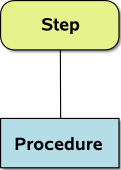
|
A Step describes what shall be done, which change shall happen. It does not fix how this is achieved. The latter happens by assigning a Procedure to the Step. There are different types of Procedures: manual instructions, a refined proceeding or execution of machine operations (invocation of a service). Refined proceedings then may be described with UBPML Steps or BPMN- resp. UML-activities.
|
UML standard |

|
Each Step is associated with exactly one initial Constellation, as well as at least one but possibly several final, mutual exclusive ones. The relationship arrows are borrowed from state transition diagrams (transitions) and named Transformation here.
|
UBPML |

|
xxx
|
UBPML |
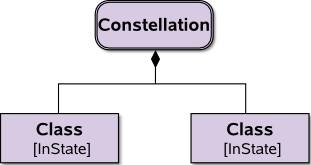
|
xxx
|
UBPML |
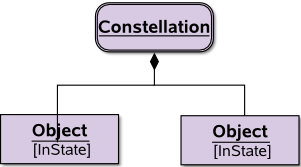
|
xxx
|
UBPML |
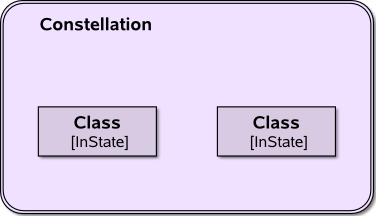
|
xxx
|
UBPML |
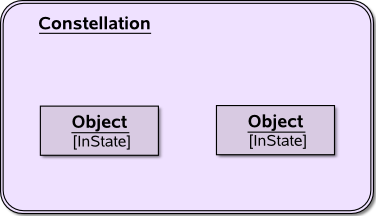
|
xxx
|
UBPML |
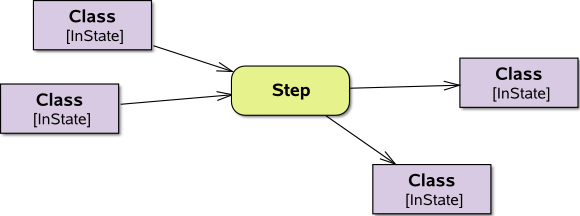
|
xxx
|
UBPML |
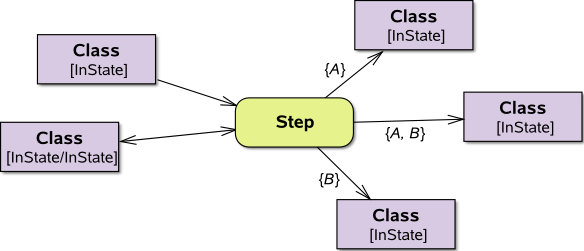
|
xxx
|
UBPML |

|
xxx
|
UML standard |

|
xxx
|
UML standard/UBPML |
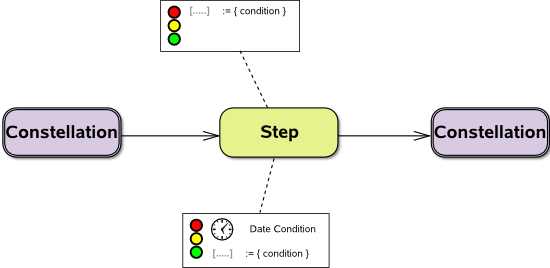
|
xxx
|
UBPML |
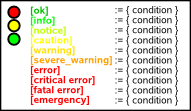
|
xxx
|
UBPML |

|
xxx
|
UBPML |
xxx
|
UBPML | |
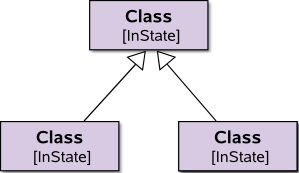
|
xxx
|
UML standard |

|
xxx
|
UBPML |

|
xxx
|
UBPML |
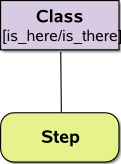
|
xxx
|
UBPML |
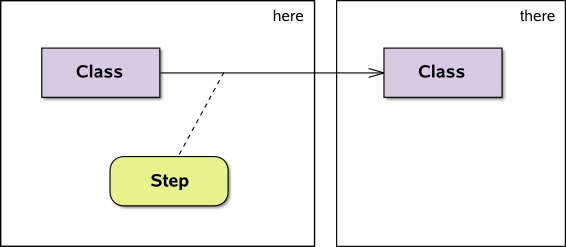
|
xxx
|
UBPML |